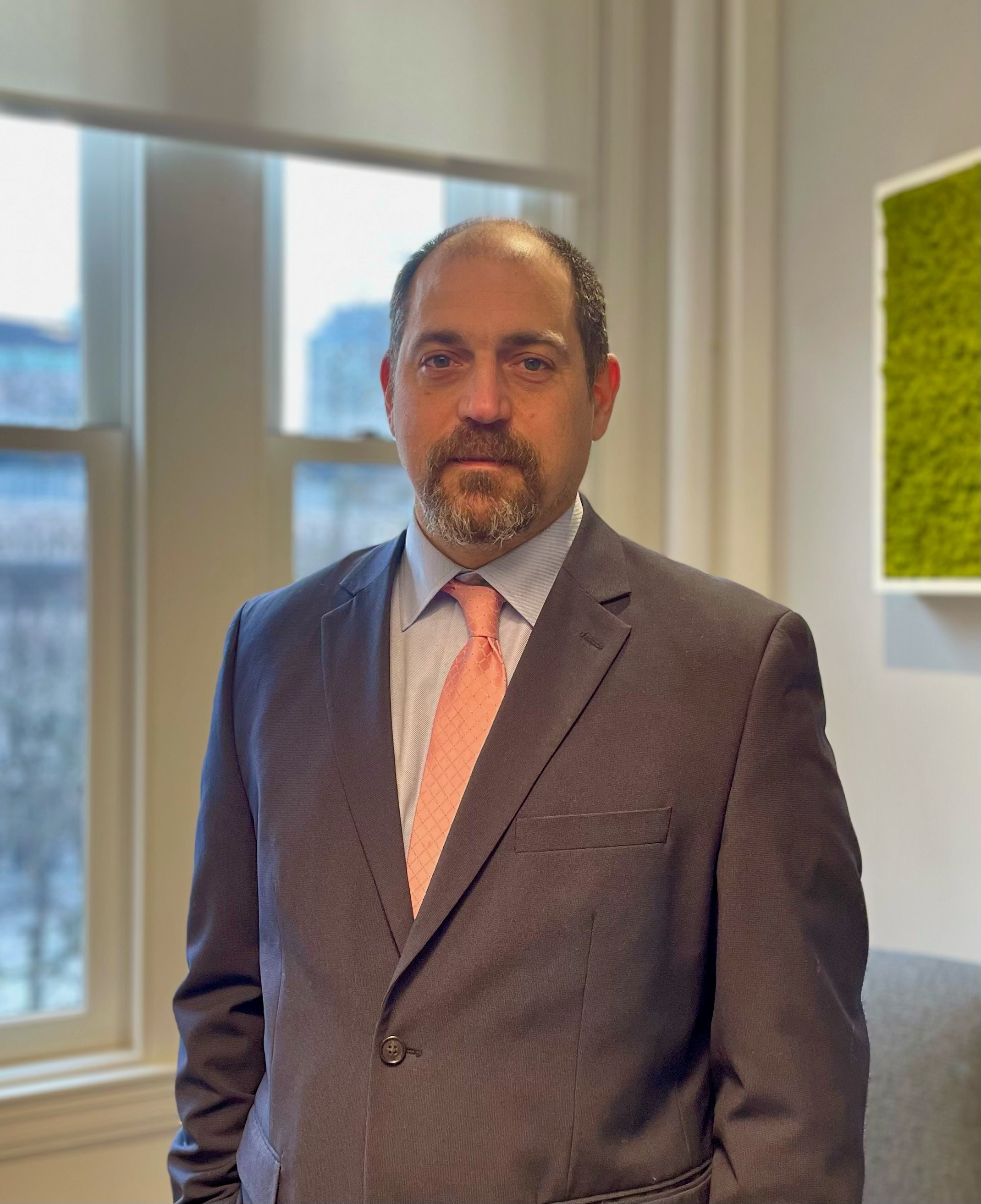API Northeast Region Director
Michael Giaimo

Michael Giaimo, API’s Northeast regional director, reasoned, ‘You need to unleash energy access to all; you need to bolster infrastructure to allow all of it; and you need to be cognizant of an all-of-the-above approach, because if you rely on all one source, you’ll find yourself in trouble.’ Energy infrastructure is an ongoing conversation here in New Hampshire, and as the Northeast region director for the American Petroleum Institute (API), Michael Giaimo is in a unique position to analyze recent trends. In prior years, Michael was a commissioner for the NH Public Utilities Commission after spending time with the Business & Industry Association, then ISO New England, where he spent a decade working for the power grid operator. In 2020, Giaimo started at API, representing several states including New York, New Jersey, Delaware, Pennsylvania and Maryland.
Q. What energy options do we have here in New Hampshire?
A. Consumers have multiple options. Deregulation started percolating in the mid ‘90s and was brought to New Hampshire in about 2000. The whole purpose of it was to give consumers a choice as to where they get their energy from. So, your traditional utilities were the supplier of last resort. If people didn’t go out and find their own supply source, the vast majority of residents stayed with the utility.
A lot of large businesses who have elaborate processes in place and dedicated people to do energy procurement went on their own and were able to choose energy suppliers on their own.
The state is allowed for community aggregation, where communities can band together and get the economies of scale.
And they basically look more like a large business, right? The challenge that people have is the public utilities set the rates for the utilities in six-month intervals. Often what you’ll have is people sign a contract with the supplier, and then they’ll always compare it to the interval that they’re in but don’t recognize that, three months later or six months later, the next contract comes and their number may not look as good as it did three months prior.
Q. What energy infrastructure challenges are we facing in the state?
A. We have a regional power system that has been supplied with the same five gas pipelines since the early ‘90s, but demand for natural gas has improved significantly. But we’re still being served by the same pipes. So, what you’ll have is a situation where a lot of people are demanding a finite amount of gas, which causes prices to elevate. And then if you had more pipe into the region and more supply, the region could potentially see lower natural gas prices — as 50% of the power in the region is supplied from natural gas and natural gas power plants. It only makes sense then that if you can increase the supply, lower costs, that you would then see similar savings, likely in your electricity bills as well.
There are obviously siting challenges.
What we’re seeing for some of the development is particularly with respect to offshore wind; you’re seeing supply constraints and interest rate challenges, which are forcing some of these companies to renegotiate the contracts that they signed up for already.
We’re seeing supply chain legal challenges. And, even if you have infrastructure, IT infrastructure development out there, it could be lengthy and could be challenging to site and it could take a long time.
Q. What should policymakers be doing for a long-term energy strategy?
A. You have to look at things in the long term here. There are so many different factors at play. We just went over how long it takes to get something built. So, however long you think it’s going to take to be built, add additional time to that. Quadruple whatever the number is.
From a policymaker perspective, in the Northeast, there are moves to electrify everything. We have moves to get to 100% EV by 2035. And in most of the states in the Northeast, absent New Hampshire, you also have moves to become all electric in the building sector. So, if policies are to push everything to electric, you need to keep in mind that you have a grid that’s limited and aging. And you’re going to need to make advancements, both on the distribution as well as the transmission system. Those things take a long time.
Be mindful of your policies and take the long view, and recognize that you can’t retire things until there are other things firmly in place.
Q. Do you think a combination of all energy sources (solar, wind, natural gas) would work best for residents?
A. A financial planner tells you to diversify your portfolio. That’s one of the things we (API) call for: an all-of-the-above approach. You need to unleash energy access to all; you need to bolster infrastructure to allow all of it; and you need to be cognizant of an all-of-the-above approach, because if you rely on all one source, you’ll find yourself in trouble.
You shouldn’t rely just on electric. You need to rely on multiple sources.
The more diversified your portfolio, the better prepared you are.
To read the full interview, visit nhbr.com.